Buildiing structure to overwinter out of zone tree
glen3a
20 years ago
Related Stories
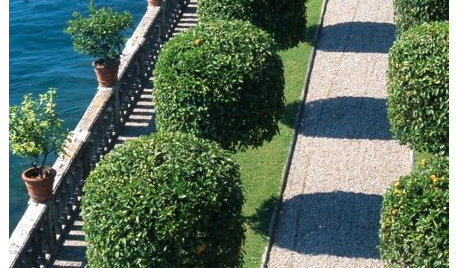
LANDSCAPE DESIGN5 Structural Plants to Frame Your Garden Beautifully
Consider these trees and shrubs live building blocks, providing structure and definition in even a small garden
Full Story
GARDENING GUIDESGreat Design Tree: Australian Tea Tree
A living sculpture with an unmistakable appearance, this coastal native creates an intriguing landscape scene
Full Story
GARDENING GUIDESHow to Keep Your Trees Healthy
Ensure your trees’ vigor for years to come with these tips for protecting roots, watering effectively and more
Full Story
GARDENING AND LANDSCAPING10 Great Outdoor Chill Zones
Whether you have a huge poolside deck or a sliver of a patio, these ideas will kick stress to the curb all summer long
Full Story
FALL GARDENING6 Trees You'll Fall For
Don’t put down that spade! Autumn is the perfect time for planting these trees
Full Story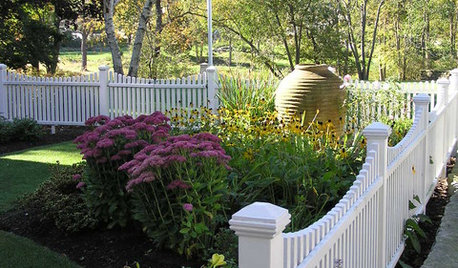
CURB APPEAL7 Great Structures for an Attractive Front Yard
Create a tasteful tableau for all to admire with a fountain, gate, statue or other eye-catcher
Full Story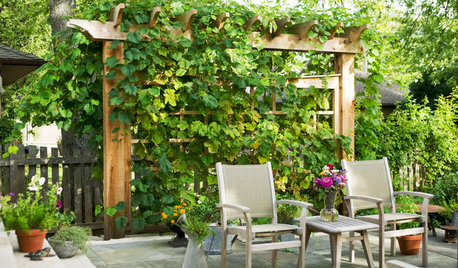
GARDENING AND LANDSCAPING10 Creative Ways to Bring Structure to Your Outdoor Room
Get a sense of protection and coziness with living walls, pergolas, planters and more
Full Story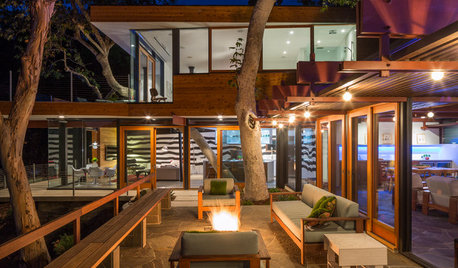
TREESHow to Use Trees Inside
Bring nature close by integrating the beauty of trunks and trees — even smaller leafy trees — into your home
Full Story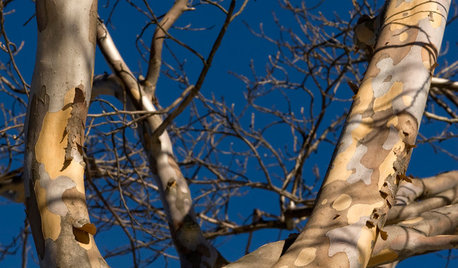
WINTER GARDENING8 Gorgeous Trees for Winter Interest in the Garden
Intriguing forms and beautiful branches take center stage when color heads back into the wings of the winter landscape
Full Story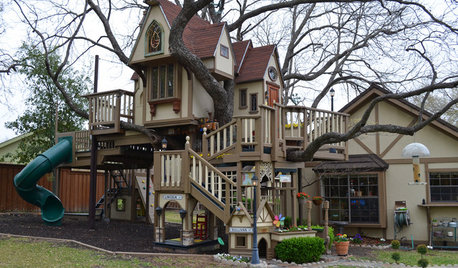
MOST POPULARThe Most Incredible Kids' Tree House You'll Ever See?
Duck your head to enter this unforgettable Dallas wonderwork, lovingly crafted with imaginative delights
Full Story





GrapeNut
GrapeNut
Related Professionals
Bridgetown Landscape Architects & Landscape Designers · Cary Landscape Architects & Landscape Designers · Glendora Landscape Architects & Landscape Designers · Vernon Hills Landscape Architects & Landscape Designers · Forest City Landscape Architects & Landscape Designers · Jackson Landscape Contractors · Dudley Landscape Contractors · Mastic Beach Landscape Contractors · South Farmingdale Landscape Contractors · Teaneck Landscape Contractors · Callaway Siding & Exteriors · Milford Siding & Exteriors · New Britain Siding & Exteriors · Oak Forest Siding & Exteriors · Orange County Siding & Exteriorsglen3aOriginal Author
Drakens
glen3aOriginal Author